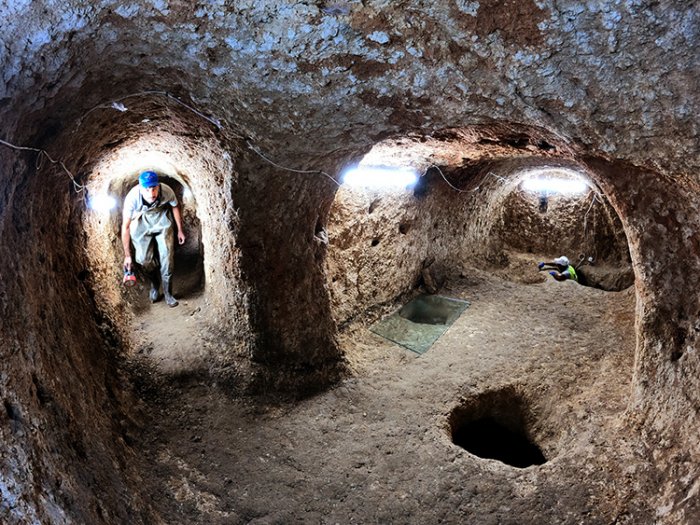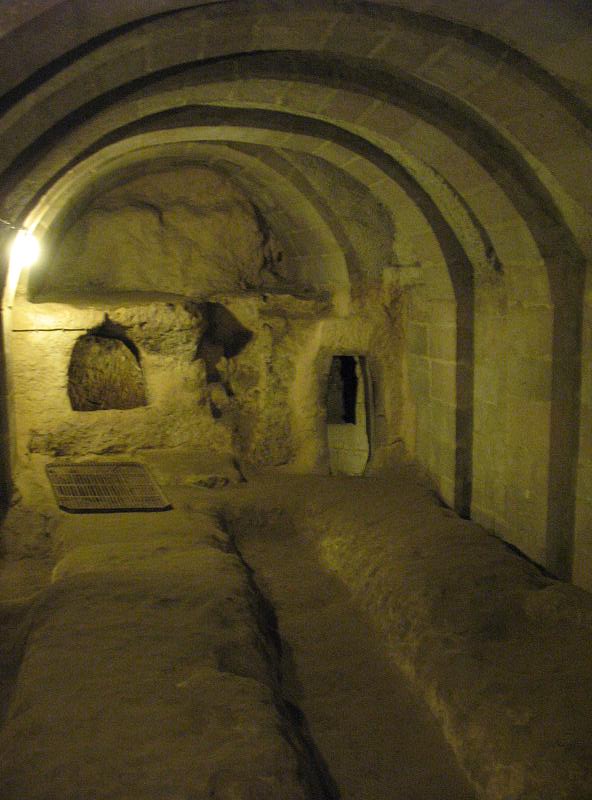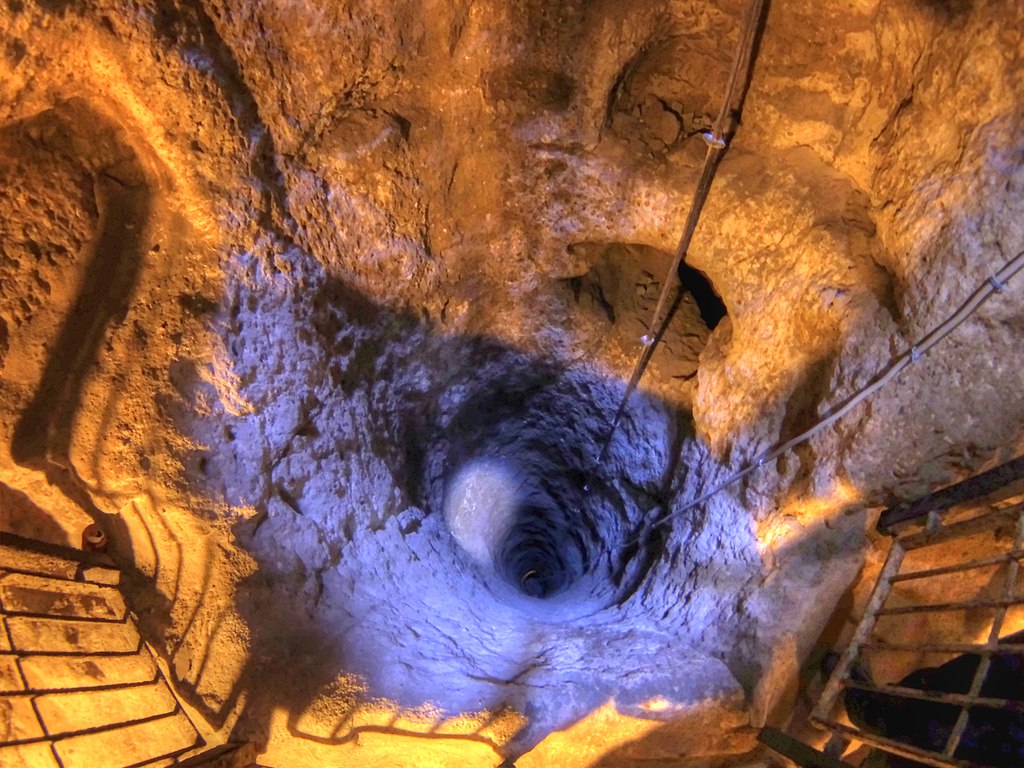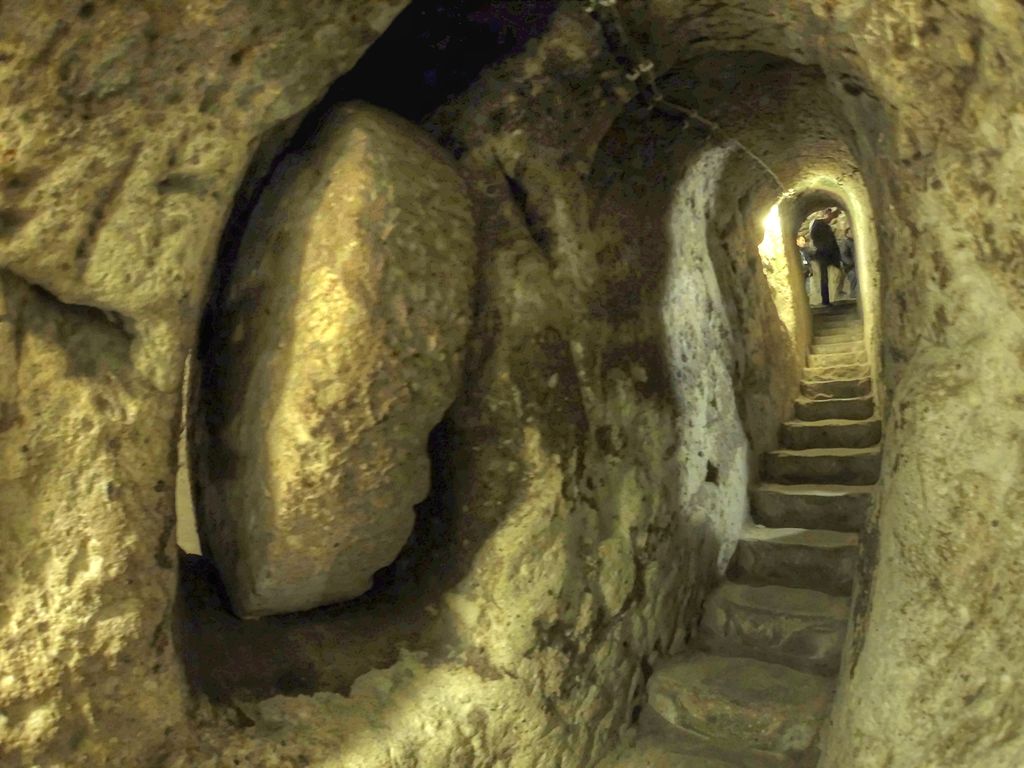Turkey has long been known for its labyrinth of underground cities, and archaeologists now believe that they may have discovered the largest one yet. Sarayini was once used as a shelter by local Christians who were persecuted by the Roman empire and local Muslim leaders and needed to protect themselves from raids.
 The 215,000-square-foot ancient city was a highly complex structure. So far, researchers have unearthed 30 chambers that would have been used as living spaces and were furnished with many of the amenities such as stoves, chimneys, storage areas, stands for lamps, cellars, ventilation systems, and water wells.
The 215,000-square-foot ancient city was a highly complex structure. So far, researchers have unearthed 30 chambers that would have been used as living spaces and were furnished with many of the amenities such as stoves, chimneys, storage areas, stands for lamps, cellars, ventilation systems, and water wells.
 “We observed that due to the expansive, comfortable, interconnected, and high-quality architectural design, it resembles a palace, leading us to the conclusion that it’s called Sarayini for this reason,” said the archaeologist who directed the excavation. Sarayini means palace in Turkish. “We have a very wide corridor, which can be likened to a main street,” he added. “On the sides of this corridor, there are numerous galleries. There are tunnels and corridors connecting these galleries.”
“We observed that due to the expansive, comfortable, interconnected, and high-quality architectural design, it resembles a palace, leading us to the conclusion that it’s called Sarayini for this reason,” said the archaeologist who directed the excavation. Sarayini means palace in Turkish. “We have a very wide corridor, which can be likened to a main street,” he added. “On the sides of this corridor, there are numerous galleries. There are tunnels and corridors connecting these galleries.”
 The vast subterranean network of connecting rooms likely extends even further than what has so far been unearthed. The site’s mammoth size had long been the subject of rumors in the region. Local elders mentioned that they had explored this place as children and described it as a very large underground city.
The vast subterranean network of connecting rooms likely extends even further than what has so far been unearthed. The site’s mammoth size had long been the subject of rumors in the region. Local elders mentioned that they had explored this place as children and described it as a very large underground city.
Another large underground city in the region of Cappadocia sits nearly 300 feet below the surface it was able to accommodate up to 2000 inhabitants.
You can read the original article at news.artnet.com


Basically the ancient version of a bomb shelter! Wonder if towns in lunar lava tubes could end up looking like these Turkish underground cities?